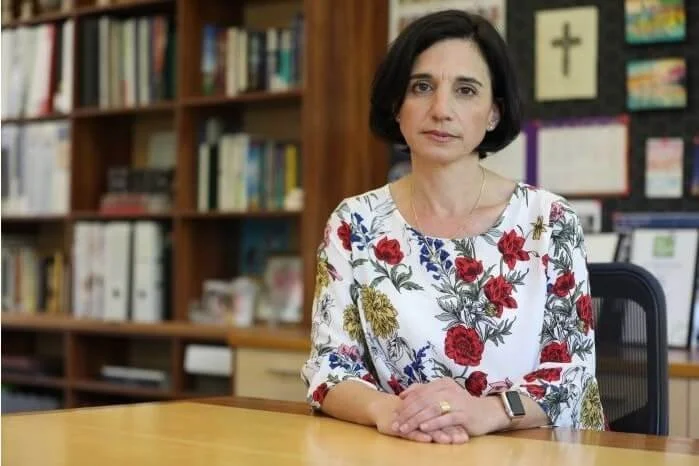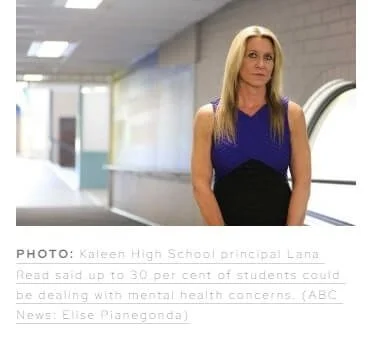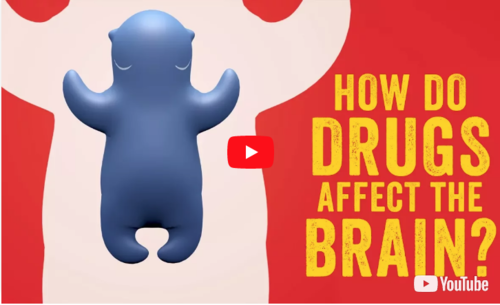Schools reach 'crisis point' with sharp increase in students dealing with anxiety, depression
This story originally appeared on ABC News, and was written by Elise Pianegonda and Dan Bourchier
This story reflects our own experiences - that mental health problems are becoming more common and are affecting people at younger ages than every before. Research indicates that neither anxiety nor depression are simply caused from having too much or too little of certain brain chemicals, and usually a combination of factors are at play.
Schools are struggling to cope with a sharp rise in anxiety, depression and self-harm among students as young as 10 years old, with one principal saying Australia has reached a "crisis point".
In April a joint report by Mission Australia and the Black Dog Institute found nearly one in four Australian teenagers met the criteria for having a "probable serious mental illness" — a 20 per cent increase from five years ago.
The principal of Canberra's Merici College, Loretta Wholley, said those figures aligned with her experiences in secondary education, but mental health issues were also presenting in younger students.
““ANXIETY AND DEPRESSION AND SELF-HARM IS COMING THROUGH FROM PRIMARY SCHOOL,” SHE SAID.”
"This used to be an issue for years nine, 10 and 11. Now it is an issue for grades four, five and six."Ms Wholley said her concern was that mental illness in children and teenagers would "cycle to a point where it gets out of control".
"One in four, or 25 per cent, of our population is a huge number if you really think about that in terms of a family or any group in society." It is an experience also shared at the ACT's public schools, with UC Kaleen High School principal Lana Read saying up to 30 per cent of students could be dealing with mental health concerns.But she said there was now a change in attitudes where students also felt more comfortable to come forward.
"I think a school is very much a microcosm of broader society and we know that there has been a rise in mental health issues across the country and internationally," Ms Read said.
Ms Wholley said while her school was undertaking measures to help its students, the ACT government needed to commit to more than "band-aid solutions".
"At the moment I don't believe they know the solution," she said.
"[They] will give an extra $400 to an agency and that will put in an extra three counsellors. That is actually not going to be a solution for 25 per cent of the population."
Undoubtably children are growing up in a very different world than their parents, with high expectations and social media playing a big part. Traditional treatments such as psychology and following a healthy lifestyle can make a big difference, but in our experience some people can benefit from additional therapies.
If you or anyone you know needs help:
Lifeline on 13 11 14
Kids Helpline on 1800 551 800
MensLine Australia on 1300 789 978
Suicide Call Back Service on 1300 659 467
Beyond Blue on 1300 22 46 36
Headspace on 1800 650 890












